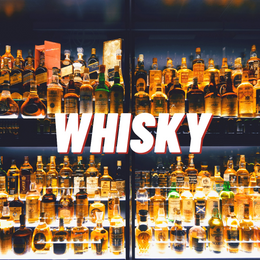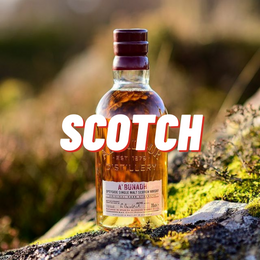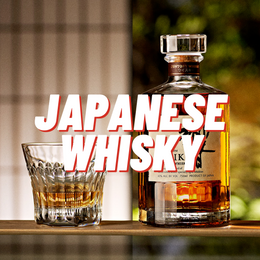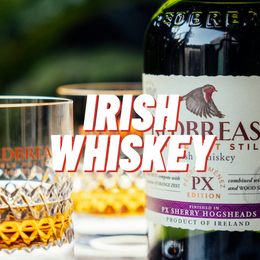
What the heck is that?
All alcoholic drinks – whether they are your beers, wines, ciders, vodkas or sakés – have to be made using the alcohol fermentation process. Whisky is no exception.
This process was almost magic for the early humans who first discovered it during the Stone Age. Fermentation helped medieval Europeans create what we know as beer, ale, grape wine, mead and cider. In the East, ancient Japanese, Chinese and Koreans fermented rice to create saké, mi-jiu (米酒) or makgeolli (막걸리).
The most important reaction during alcohol fermentation occurs when yeast “eats” natural carbohydrates (the starches and sugars from the grain) and convert them into carbon dioxide and alcohol:–

C6H12O6 (sucrose) → 2 C2H5OH (ethanol) + 2 CO2 (carbon dioxide)

Who cares?
The raw ingredients of whisky – grain, water, coal and peat – are simple. Fermentation helps to add an incredible complexity of flavours to our whisky.
Although the primary reaction produces alcohol, hundreds of other chemical reactions are also taking place, creating a huge range of flavour compounds. There would be apple-flavoured esters (🍎ethyl hexanoate), tropical fruit-smelling esters (🍍ethyl butyrate), banana-smelling esters (🍌isoamyl acetate), buttery-tasting flavour compounds (🥐diacetyl) and biscuity flavour compounds (🍪maltol)

The resulting substance is a malty-tasting beer-like liquid which clocks in at about 7%-10% ABV. This “distiller’s beer is then sent to copper stills for the next step of distillation.
Tweaks to the fermentation process have an impact on the final flavour of the whisky. Factors include:–
- The length of fermentation time (Shorter periods tend to create more alcohol and cereal taste, longer fermentation periods tend to create more sweetness and fruitiness.)
- The strains of yeast used (Since the 1950s, most Scotch distilleries prefer using the DCL M-strain for its ability to make flavours associated with Scotch.)
- The material of the fermentation vats, also known as “washbacks” (Chichibu Distillery uses Mizunara oak washbacks that host a special strains of probiotics that make the whisky fruitier.)
Why should I care? What is one thing to take away?
One of the simplest factors to understand is how fermentation time makes for a fruitier whisky (longer fermentation) or a maltier whisky (shorter fermentation).
Personally, I have a preference for fruitier and sweeter whiskies. I have also noticed how my favourite whiskies tend to come from distilleries with longer fermentation times, such as Springbank, Bimber and Ardbeg.
As we explore whiskies from different distilleries, do make a note of how long or how short the fermentation time is. This helps us learn each distillery’s signature profile, and understand which distillery’s whiskies we are more likely to prefer.







